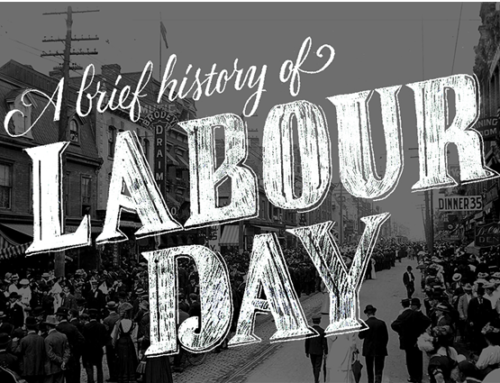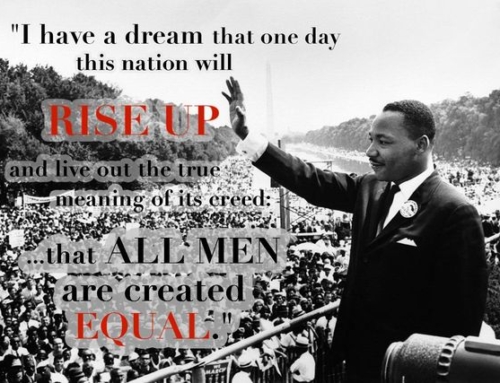A chronological resume focuses on advancement in your work experience. If you started as an office clerk, then moved into the role of lead receptionist, then became the HR coordinator, then moved into an HR advisor role, you would most likely use a chronological resume for your next position of HR director, for example. A chronological resume is written in reverse chronological order—starting with your most recent work experience first.
One of the reasons employers like chronological resumes is because they are fact based; it is hard to hide anything, like you can do in a functional resume. The chronological resume lists every job with the dates you were active in those roles.
The chronological resume is best suited to someone with a very strong work history who can show logical progression and advancement.
Some of the downfalls of a chronological resume are that it can emphasize flippancy if you have job hopped, and it can highlight gaps in employment history if you have had ephemeral work experience.


















I’m impressed, I have to admit. Seldom do I come across a blog that’s both educative and amusing, and let me tell you, you’ve hit the nail on the head. The issue is an issue that not enough men and women are speaking intelligently about. I am very happy that I found this during my hunt for something concerning this.
Thank you so much for your kind words! We are really happy that you found our blog and that you found the information to be beneficial. You rock!